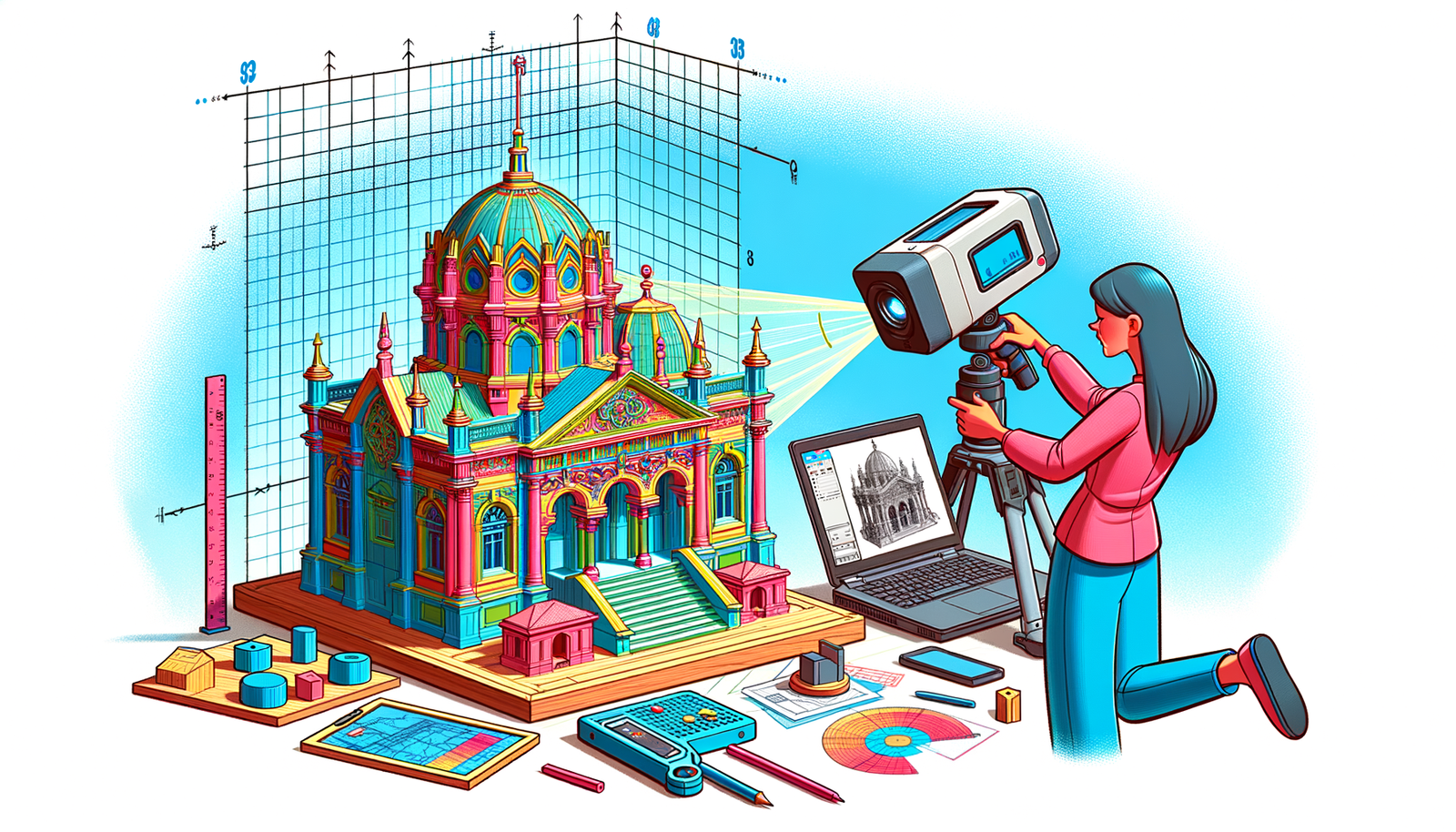Your Cart is Empty
Customer Testimonials
-
"Great customer service. The folks at Novedge were super helpful in navigating a somewhat complicated order including software upgrades and serial numbers in various stages of inactivity. They were friendly and helpful throughout the process.."
Ruben Ruckmark
"Quick & very helpful. We have been using Novedge for years and are very happy with their quick service when we need to make a purchase and excellent support resolving any issues."
Will Woodson
"Scott is the best. He reminds me about subscriptions dates, guides me in the correct direction for updates. He always responds promptly to me. He is literally the reason I continue to work with Novedge and will do so in the future."
Edward Mchugh
"Calvin Lok is “the man”. After my purchase of Sketchup 2021, he called me and provided step-by-step instructions to ease me through difficulties I was having with the setup of my new software."
Mike Borzage
Harnessing Photogrammetry for Enhanced 3D Modeling in Design and Architecture
May 08, 2024 3 min read


Exploring the Potential of Photogrammetry in 3D Modeling
Introduction to Photogrammetry
Photogrammetry is a scientific method that utilizes photography to measure and record complex 3D environments and objects. The technique has found widespread application across various industries such as topographic mapping, architecture, engineering, manufacturing, and even in film and gaming for creating lifelike environments and characters. The process has evolved significantly, from manual measurements to sophisticated software that can stitch together thousands of images to create detailed 3D models. Utilizing photogrammetry within design and modeling projects offers numerous advantages including cost savings, time efficiency, and the ability to capture intricate details that might be missed with traditional 3D modeling techniques.
The Photogrammetry Process
At its core, the photogrammetry process begins with the data acquisition phase. This involves capturing a series of photographs from different angles, ensuring substantial overlap between them. The quality and resolution of these photographs directly impact the final 3D model's accuracy. Following data capture, the images are processed using specialized software.
- Proprietary software such as Agisoft Metashape or Autodesk ReCap offer streamlined workflows and robust support, but may come at a higher cost.
- Open-source alternatives like Meshroom or MicMac are free and continuously improved by a community of developers, appealing to those seeking a more hands-on approach.
When comparing software, features such as ease-of-use, processing speed, and the ability to handle large datasets are crucial, as well as the balance between user control and automation.
The transformation of photographs into 3D models is a meticulous process that typically involves aligning images, generating a point cloud, creating a mesh, and finally texturing the mesh using the original photographs. Equipment requirements, like high-quality cameras or drones and optimal lighting conditions, are essential to capture images that are sharp and consistent.
Applications of Photogrammetry in Design
Photogrammetry has been successfully implemented across various design disciplines. In architecture, it helps in creating detailed models of buildings for renovation or conservation purposes. Product designers use photogrammetry to capture real-world objects and integrate them into virtual prototypes. The technique is also instrumental in cultural heritage preservation, allowing for digital documentation of historical sites and artifacts that are at risk of damage or decay.
- Innovations in virtual reality (VR) and augmented reality (AR) are increasingly reliant on photogrammetry to provide users with immersive and realistic experiences.
- The synergy between photogrammetry and additive manufacturing has revolutionized prototyping and production, enabling the creation of objects directly from photogrammetric 3D models.
- For large-scale projects such as urban planning or landscape design, environmental scanning using photogrammetry can offer vital data that informs sustainable and efficient project execution.
Future Trends and Challenges in Photogrammetry
The realm of photogrammetry is constantly being refined by technological advancements. Increasing precision and processing speeds are on the horizon, with developments in camera technology and software algorithms. However, challenges such as the need for significant data storage and powerful processing capabilities remain. Professionals have to strike a balance between high-resolution data and manageable file sizes to ensure efficiency.
The integration of AI and machine learning into automated photogrammetry processes hints at a future where much of the manual input currently required is minimized or even eliminated. This could lead to more accurate models being produced at a fraction of the time currently needed.
In conclusion, photogrammetry is set to play a pivotal role in the evolution of design innovation. By reshaping traditional 3D modeling techniques, it opens the door to new possibilities in accuracy, detail, and creativity. Professionals who embrace these advancements will find themselves at the forefront of design and architectural innovation, leveraging the full potential of what photogrammetry has to offer.
Also in Design News

Revit Tip: Revit Plotting Best Practices: Standardize Line Weights and Print Setups
January 13, 2026 2 min read
Read More
V-Ray Tip: V-Ray Sun and Sky Workflow for Accurate Seasonal Lighting
January 13, 2026 2 min read
Read MoreSubscribe
Sign up to get the latest on sales, new releases and more …



